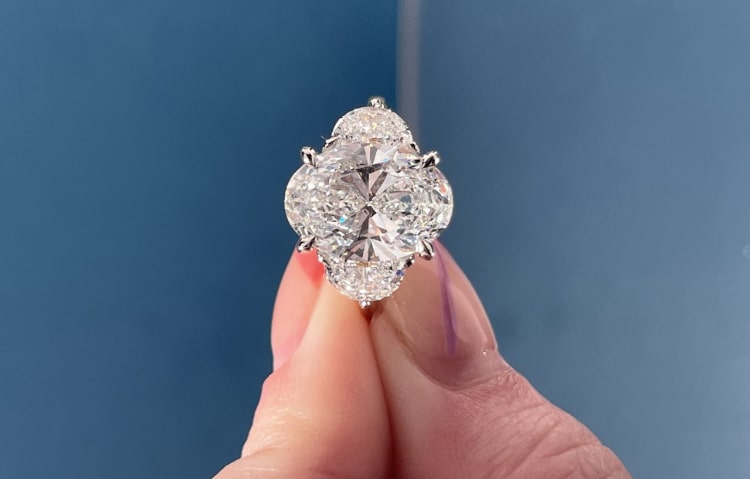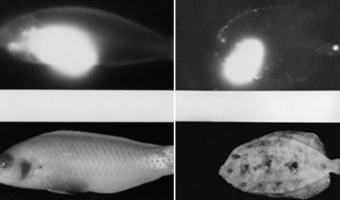Are Lab-Grown Diamonds Real? How Are they Different from Natural Diamonds?
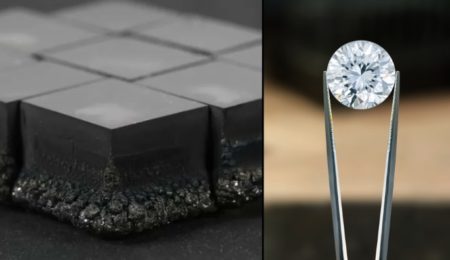
A diamond being a girl’s best friend is a cliché, but quite true! These precious rocks produced from the depths of the Earth have witnessed women go crazy over them throughout history! What makes diamonds so attractive and rare? Maybe it is because the immense heat and pressure that produces diamonds from charcoal over millions of years are impossible to replicate.
But are they really? Did you know that scientists can now grow diamonds in the lab? Fascinating! But what exactly are lab-grown diamonds? Are they real? Will they ever replace the need to mine natural diamonds?
In the tug-of-war between lab-grown and natural diamonds, let us see who shines brighter!
Table of Contents
How are lab-grown diamonds made?
A lab-grown diamond simply recreates the exact conditions in which they are naturally made below the Earth’s mantle. They are produced within highly specialized laboratories with cutting-edge technology, with the help of skilled scientists and engineers.
Right now, there are two ways to produce diamonds in the laboratory: CVD (Chemical Vapor Disposition) and HPHT (High-Pressure High Temperature). In the CVD process, a microscopic diamond slice is placed in a tight chamber. Next, it gets exposed to a combination of proprietary carbon-rich gases under extremely high temperatures, around 8,000 C (14,432 F). In a few weeks, the carbon gas ionizes, and the particles stick to the original diamond slice and slowly crystalize into a fully square-shaped diamond, layer by layer.
The HPHT procedure replicates the exact process through which natural diamonds are created. Pure carbon is pressed within a metal cube and exposed to massive heat and pressure through electric pulses. Ultimately, the carbon breaks down and crystallizes into a diamond. Depending on the size and color, it may take 30 to 60 days to create a diamond in the laboratory.
Are lab-created diamonds real diamonds?
A lot of doubt hovers around whether lab-grown diamonds are real. The correct answer is yes, they are. Both naturally mined and lab-created diamonds are identical in their chemical, optical, and physical composition. They are just made differently. Lab-grown diamonds are produced by simulating the exact conditions under which natural diamonds grow.
The Federal Trade Commission stated in 2018, “A diamond is a diamond no matter whether it is grown in a lab or comes out of the ground.†The word “natural” has now been removed from the definition of a diamond. They can use words like “gemstone,” “genuine,” and birthstone” while referring to lab-grown diamonds, as opposed to before.
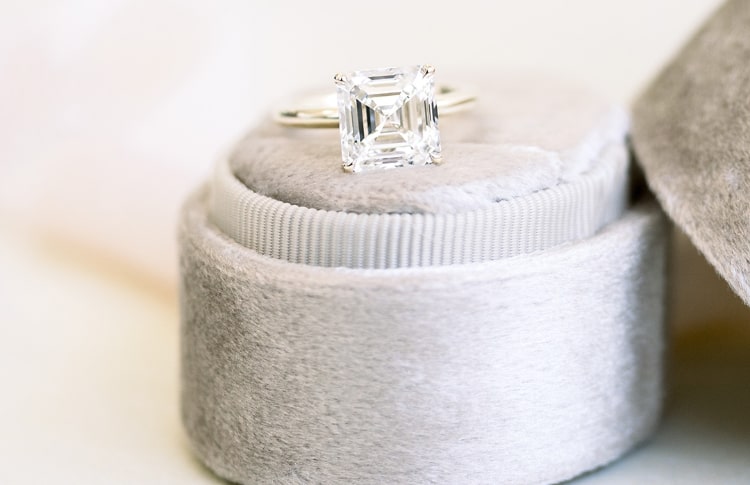
Now, the lab-grown diamond industry can call their diamonds “cultured†in the same way the pearl industry sells 99% “cultured” pearls. With “cultured” pearls, a seed is placed manually in an oyster to grow the pearl. Similarly, lab-grown diamonds need a crystalized diamond seed to grow! But, just as pearls are not referred to as “cultured” pearls but just pearls, the lab-created diamond industry is also hopeful that the mindset against “cultured†diamonds will go away entirely.
Lab-grown diamonds vs. natural diamonds
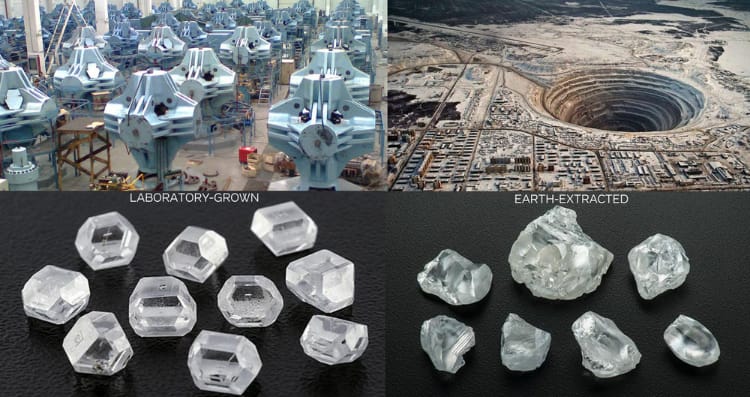
Essentially, both lab-grown and natural diamonds are considered the same because they have identical chemical and physical properties. Once the lab-grown diamonds are polished and cut, it is almost impossible to distinguish between them with the naked eye.
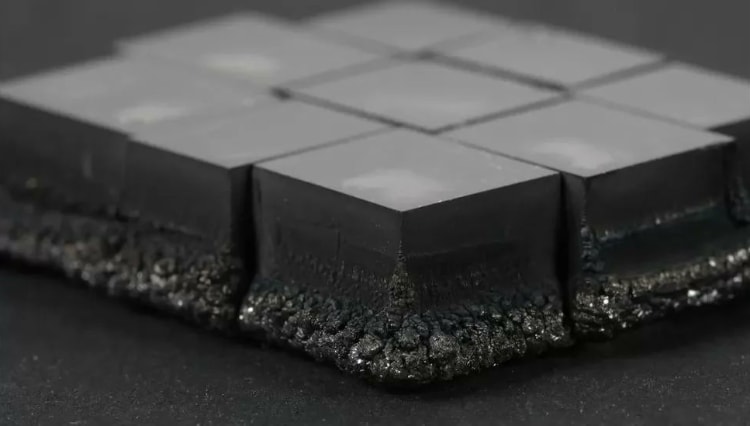
The differences occur due to how natural diamonds are created over millions of years. For example, natural diamonds contain tiny amounts of nitrogen, unlike lab-grown diamonds. Natural diamonds are created with mostly eight equilateral triangle faces – as “octahedral crystals.” But lab-grown diamonds can be both octahedral and cubic (six faces), depending on how they are made.
But despite the patterns and shapes that are unique to naturally grown diamonds, after getting ready in jewelry form, there is no difference between the two. So, if you can get past the romantic notion that your diamond was created naturally over many years “just for you,” a lab-grown diamond can also sparkle and shine with the same promise!
Why are lab-grown diamonds getting increasingly popular?
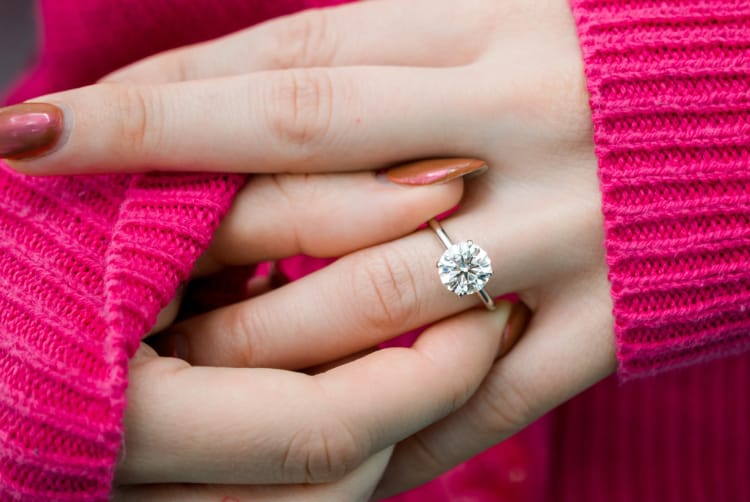
The lab-grown diamond industry has seen a revolution in the last ten years. Earlier, production was costly and complicated without the needed technology and skillsets. But today, diamond-growing technology has improved and modernized. Now they can be made at the right price and quality to be sold as jewelry. Since the early 2000s, the cost has been reduced by half and continues to reduce every few years. Now, a one-carat diamond can be purchased at a price of 20%, sometimes even 50%, cheaper than a natural diamond. So, this process attracts a lot of entrepreneurs. There are now lab-grown diamond factories worldwide producing diamonds at the highest level of purity.
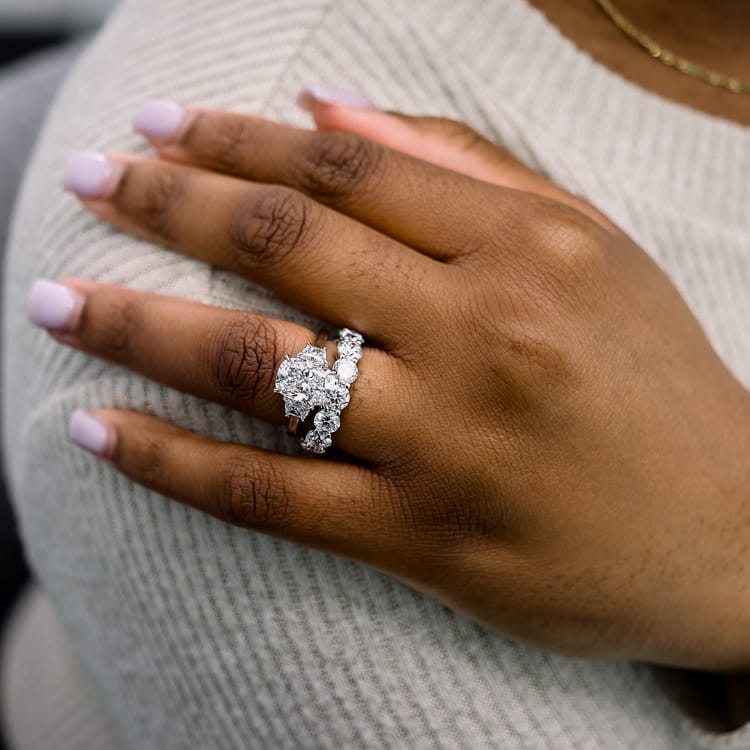
India accounts for 15% of the global production of lab-grown diamonds, producing approximately three million diamonds annually, closely followed by China. Though the market for lab-grown diamonds is not as demanding as mined diamonds, it is quickly picking up. Denmark’s Pandora, one of the world’s leading jewelers, has shifted to lab-grown diamonds in 2021 to increase its market reach and be more environmentally friendly.
Across the globe, more conscious consumers are also shifting to lab-grown diamonds because they are less polluting, more sustainable, and do not abuse human rights. Chintan Suhagiya, in India, who inspects diamonds and grades their quality, has shifted entirely to lab-grown diamonds. He predicts that lab-grown diamonds will provide jobs to millions and become an “unstoppable industry.”
The truth about the diamond mining industry.
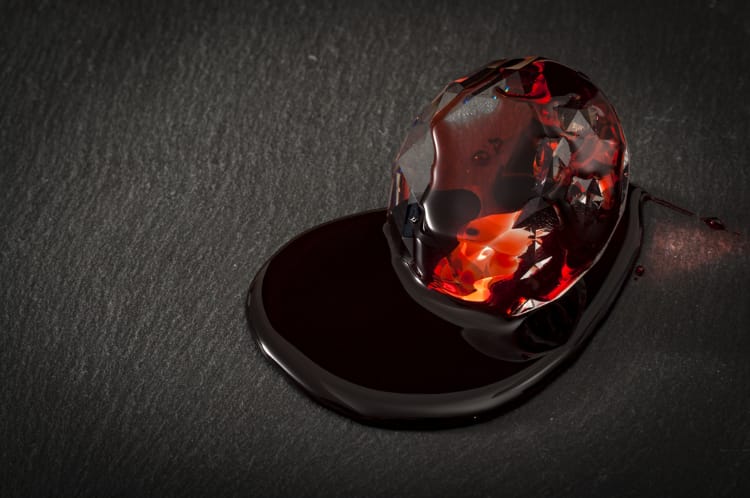
Remember the “blood diamond”? The evils and secrecy of the mining industry created huge protests worldwide. Consumers became aware that their symbol of love comes at a cost. Farai Maguwu, an activist from Zimbabwe, has spent his life exposing crimes in the diamond mining business. His reports of brutal civil wars, violence, and poverty associated with the diamond business brought international attention to the Western world. Mining regions are laid barren, causing environmental destruction, deforestation, respiratory illnesses, and water pollution. Open-cast mining pollutes the water, poisoning the fish. Today, after the exposure of the diamond mining industry, especially in Africa, human rights are better protected, but environmental pollution continues.
But lab-grown diamonds, while retaining all the qualities of naturally grown diamonds, are more sustainable, profitable, and safe. For countries like Zimbabwe, Maguwu says, they would lose absolutely nothing. On the contrary, it would mean fewer human rights cases of abuse, less pollution, and stopping sponsoring bad governance and military coups.
The rarity of diamonds was always a myth!
Amish Shah, President of ALTR Created Diamonds, says that diamonds were never really precious. Their rarity was a myth created by De Beers through their successful marketing campaign “A Diamond is Forever.†Ernest Oppenheimer, the South African industrialist who controlled De Beers, knew that the only way to increase the value of diamonds was to make them scarce and reduce production! A similar thing happened in history with aluminum. It was considered more precious than gold at one time, just because producing it was costly and complicated. So, diamonds were not really rare, but their unique properties made them difficult to produce. The procedure has existed since the 1950s, but the process was complicated, and skills were inadequate to produce a quality high enough for jewelry.
So, we, the consumers, have been trained for years to think diamonds are rare. In truth, diamonds are widely available, and not even the rarest of gemstones if one compares them with rubies, sapphires, or emeralds. It is just the supply and demand, controlled by the diamond market, that has created this illusion.
But whatever may be the reason, the diamond craze is here to stay! So be it natural or lab-made, here is hoping that they still “shine on you” without further damage to the planet!














